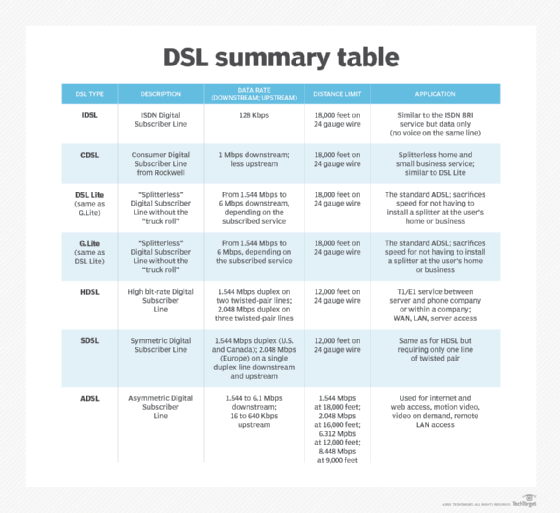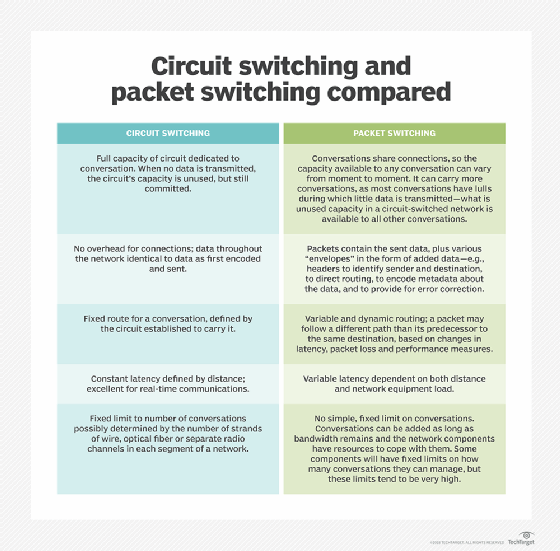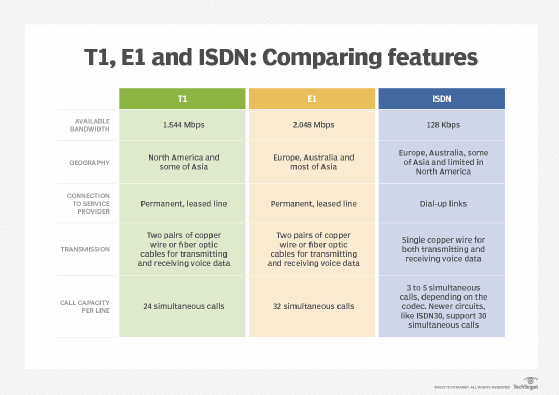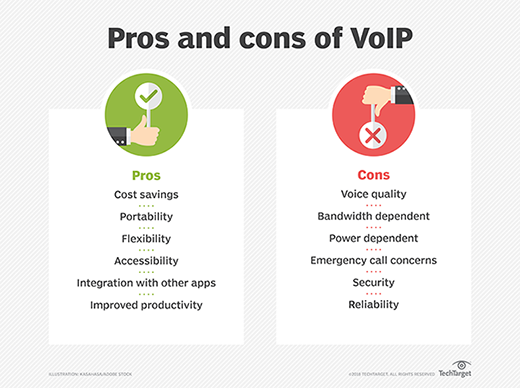Plain Old Telephone Service (POTS)
What is Plain Old Telephone Service (POTS)?
Plain Old Telephone Service (POTS) refers to the traditional, analog voice transmission phone system implemented over physical copper wires (twisted pair).
Simply put, POTS is the basic telephone call service that individuals and businesses have been using since the 1880s. It is an upgrade over the rudimentary phone system invented by Alexander Graham Bell.
However, the roles served by POTS are steadily being assumed by digital technologies.
History of POTS
In its early days, POTS was known as the Post Office Telephone Service because callers relied on post office operators to connect them to their destinations. Once the service was moved away from the post office, the term was changed to Plain Old Telephone Service. POTS is also known as public switched telephone network (PSTN).
Today, the term POTS is sometimes used in discussions of new telephone technologies in which the question of whether -- and how -- existing voice transmission for ordinary phone communication can be accommodated.
Asymmetric Digital Subscriber Line (DSL) and Integrated Services Digital Network (ISDN) connections provide some part of their bandwidth for POTS, and most of the remaining bandwidth is used for digital data transmission.

Telephony before Plain Old Telephone Service
Before the development of POTS, establishing a connection between two parties required stretching wires between the two points. As distances between these parties increased, longer wires were needed to connect them, increasing the cost of the connection.
This is why long-distance calls were more expensive than short-distance calls. POTS helped bring down these costs by placing switches at certain centralized points in the network. These switches functioned as communication nodes between two points in the network.
A pre-POTS standard practice, for example, was operators. To connect callers to their intended destination, human operators were required to perform circuit switching, the practice of plugging wires into a common patch panel to connect the caller and the receiver. If a connection required two exchanges, two operators would simultaneously plug both the caller's and receiver's wires into the same interexchange wire called a trunk -- hence the term trunk call.
POTS eliminated the need for operators by automating the switching process. It worked by responding to signals from a calling device.
The old telephone network also consisted of electromechanical switches that did some of the tasks handled by operators. Furthermore, all the call functions of the network elements were wired into them, creating an inflexible hardware arrangement. So, when a caller dialed a destination telephone number, each successive digit in the number would generate a series of quick electrical impulses. These impulses would then activate a sequence of rotary switches at the telephone company's central office.
At this point, an electrical current would be sent to an on-hook phone -- i.e., a phone that's not already engaged in another call. The electrical current would activate the phone's bell, and it would ring. Since the hardware arrangement in this system was preset, it was not possible to give specific instructions to the rotary switches -- e.g., to block calls from certain numbers -- or to forward calls to another number.
How does a POTS line work?
To implement a telephone call, the various elements of the POTS network work together to execute a sequence of steps. But, in general, POTS works by establishing a dedicated circuit (connection) between two points -- say, Point A and Point B -- for the duration of a transmission between them. Copper wires connect these two points.
To establish the connection and enable the parties to communicate over the POTS line, the call is routed over one or more switches operating locally, nationally or internationally.
To transmit voice along the POTS line, the sound waves are first converted into electrical analog signals that flow through the network. Copper wires carry these signals with the help of switches. The signals are then converted back into sound waves that fall on the receiver's telephone handset, enabling them to hear the caller.
Copper wires are generally susceptible to noise, which creates interference over the network. The signals also tend to get weaker as they travel over longer distances, so amplification may be required to carry them to their destination.
Important concepts in POTS
Here are a few important concepts in POTS:
- Idle state or on-hook. When the handset of Telephone A is not in use, it is idle or on-hook. This is the initial state. When the handset is picked up, a dial tone is heard.
- Off-hook. When Telephone A calls Telephone B, Telephone A is said to be off-hook.
- Ringback tone. When Telephone A calls Telephone B, Telephone B rings, and a ringback tone is heard at Telephone A.
The evolution of transistors and modems
POTS only carried analog signals between two points in the network. The development of the transistor paved the way for digital networks, enabling phone lines to carry digital signals sent in the form of discrete packets.
Unlike the analog system, packet-based technology does not require a continuously open and dedicated circuit or channel. Instead, it uses the underlying network and switches to transmit voice and data messages independently. But, for this to happen, copper wires are not enough.

These copper wires are bidirectional and can carry human voice in full duplex mode -- i.e., in both directions simultaneously. However, since they have a limited frequency band (300 hertz to 3,400 Hz), they cannot transmit digital signals, which are binary -- i.e., in the form of either 0 or 1. This is where a modem plays an important role.
The modem enables digital capability to be added to the existing analog POTS without the need for a complete overhaul. The following are two common modem types.
Integrated Services Digital Network (ISDN)
ISDN enables the transmission of both voice and data over a regular copper phone line. It was one of the earliest attempts to provide digital services via copper pair wires.
ISDN offers faster connections and higher-quality calls than standard POTS. It can also be integrated with other phone systems, like a private automatic branch exchange. For these reasons, ISDN is best suited for large companies or rapidly expanding businesses. The fees for using the service are calculated based on transmission duration.

Digital Subscriber Line (DSL)
DSL enables data transmission over POTS. A transceiver connects to a computer and uses the local phone network to connect to the network of an internet service provider (ISP), enabling the computer to access the internet.
Like ISDN, DSL is a last-mile solution that provides digital service over existing copper pairs. But, unlike ISDN, DSL offers speeds of 10 megabits per second or more, which is why it is more widely used. A DSL modem is most useful for individual users or small businesses since it provides just enough bandwidth for a limited number of users to access the internet.
POTS to voice over Internet Protocol (VoIP)
Over the years, POTS has evolved and given rise to newer technologies. The development of transistors and modems to add digital capabilities to analog POTS is one example. The other is voice over Internet Protocol (VoIP).
VoIP uses an existing internet connection to transmit voice and data messages between two parties. With VoIP, multiple remote offices can be connected while maintaining stable, resilient communications.

It also offers features like interactive voice response, call forwarding and dynamic caller ID. One of the most common VoIP protocols is Real-time Transport Protocol, which carries streaming audio and video.
Unlike POTS, VoIP carries voice via packet-switched data networks, which reduces calling costs, especially for international calls. Two of its drawbacks are security and downtime. If an attacker compromises a network, it may compromise the confidentiality and integrity of VoIP calls.
Furthermore, if the network goes down, both voice and data networks go down simultaneously.






